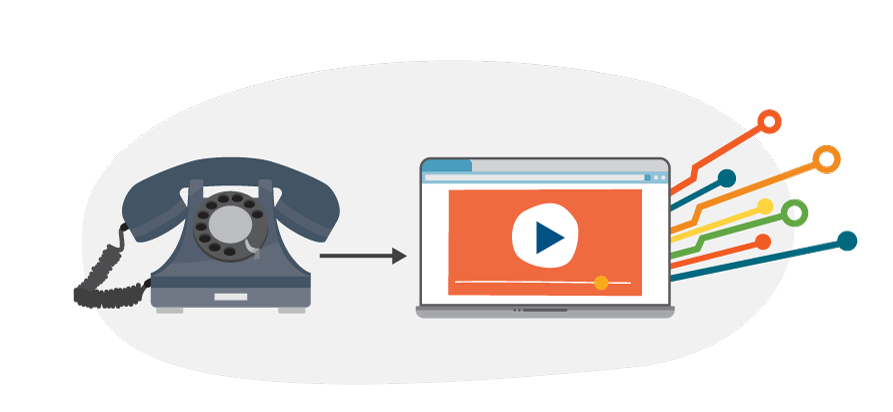
From 56 Kbps to 100 Gbps: What a Difference 30 Years Makes
MOREnet was one of the nation’s first research and education networks, leading the way in technology and organizational collaboration since 1991. The idea for the network came from the desire for 13 public college and universities to link together to connect to the Internet.
Our robust fiber backbone and network access is continually enhanced to ensure we are always ready to support the demand and performance needs of all our connected members.
It’s hard to believe we started with a 56 Kbps network 30 years ago, and today, we have a 100 Gbps backbone with the groundwork laid to meet future demands and to support capacities of up to one terabit per second per optical path. The most common bandwidth tail circuit ordered by our members today is one Gbps. Take a look at the history of our progress, and if you have a story to share about one of the timeline events, email us at info@more.net. We would love to reminisce with you.
| 1991 | 56 Kbps network – Connected 13 public college and university charter members with the purpose to develop, maintain and cultivate applications for electronic interchange. | |
| 1993 | 1.5 Mbps network – A pilot project with DESE involving 100 K-12 school districts began. | |
| 1997 | MOREnet2 backbone increased to 45 Mbps, 30 times faster. | |
| 1999 | MOREnet3 backbone initiative increased the backbone to 155 Mbps, enabling full-scale interactive video services and additional multimedia applications. | |
| 2003 | A network upgrade resulted in a fourfold increase of bandwidth from 155 Mbps to 622 Mbps. | |
| 2009 | The existing network backbone is migrated to a fiber-optic infrastructure named the Next Generation Network, which supported 10 Gbps. | |
| 2013 | Began a backbone fiber expansion project, changing our connectivity model and bringing much needed infrastructure to the underserved and unserved region of southeast Missouri.SOUTHEAST FIBER PROJECT | |
| 2014 | A network upgrade made us one of the first research and education networks in the country to support 100 Gbps.In January 2014, we completed a series of network equipment upgrades to increase our current infrastructure to support up to 8.8 terabits per second of network traffic in 100 Gbps optical paths. This upgrade ensures we’re ready to meet the demands of our members, who rely more and more on Internet-based tools and resources. With this upgrade, MOREnet became one of the first research and education networks in the country to support 100 gigabit optical paths. Work on this project began in early 2013 when the University of Missouri was awarded a $1 million Campus Cyberinfrastructure – Network Infrastructure and Engineering (CC-NIE) grant to fund the build out of a 100 Gbps circuit from Columbia to Kansas City and another 100 Gbps circuit from Columbia to St. Louis. Both circuits connect to Internet2’s National Innovation Platform, making MOREnet the only research and education network providing network transport services for Internet2. | |
| 2016 | We expanded this partnership to obtain use of unlit fiber strands for existing member sites in southwest and south-central Missouri.SOUTHWEST FIBER PROJECT | |
| 2017 | There were 92 member circuits in production in the Southeast and Southwest Fiber projects. The capacity that will be available to each participating site will be able to grow up to and beyond one Gbps and will enable educators to accelerate the use of technology in their lessons, adopting innovative, student-centered learning tools for both K-12 and lifelong learners. | |
| 2021 | We currently have 610 tail circuits connected to our backbone serving our member consortium. The most common bandwidth tail circuit ordered by our members today is one Gbps. |
